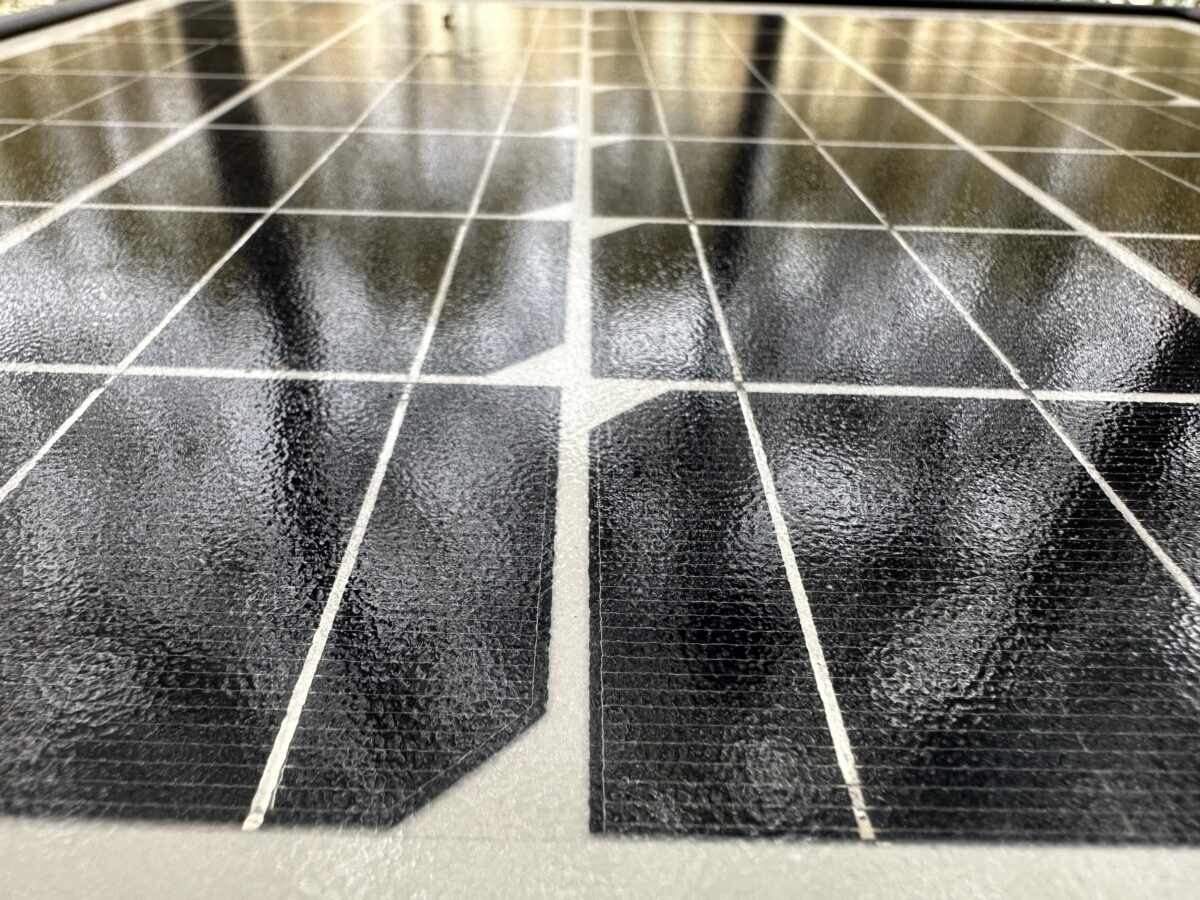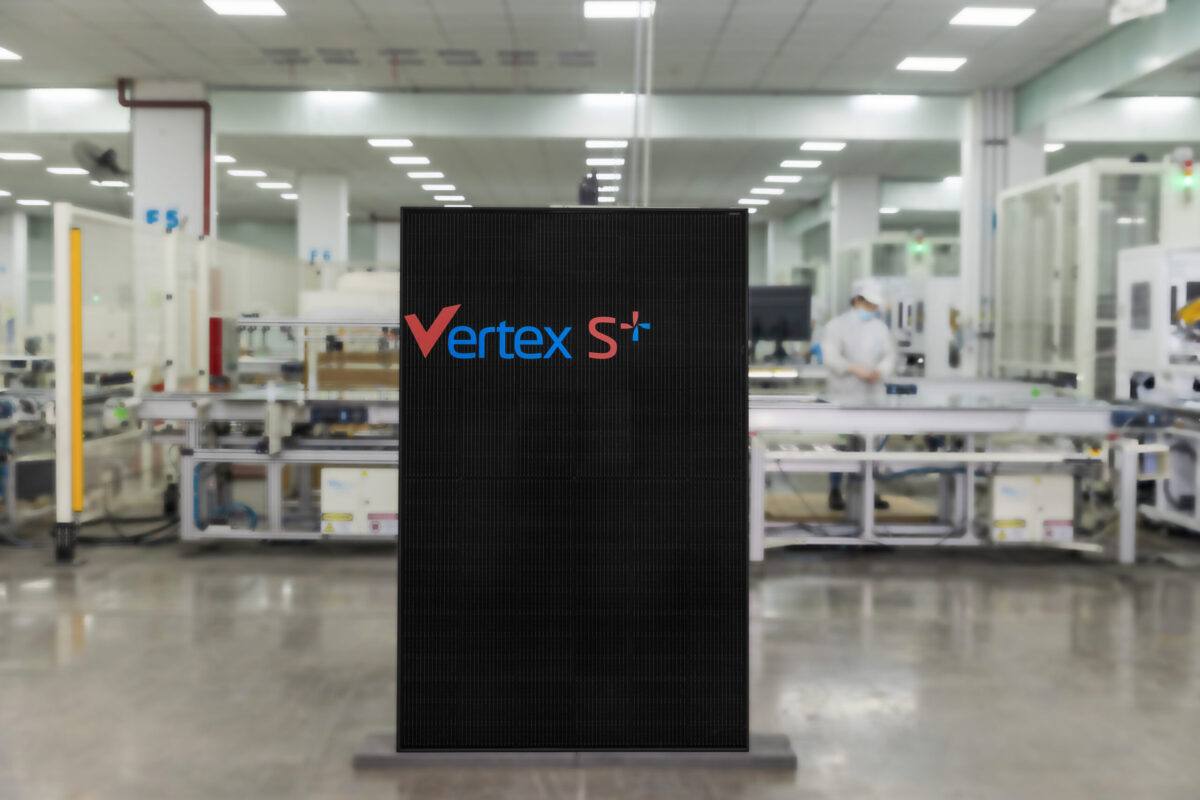A group of Iraqi scientists has investigated the usage of ground-source energy to cool PV panels and has found this solution could result in a significant reduction in the module operating temperature.
The researchers simulated a setup with computational fluid dynamics (CFD) algorithms. CFD is a branch of fluid mechanics that uses numerical methods and algorithms to analyze problems involving fluid flows.
“After reviewing previously published scientific articles, it is evident that there is a lack of research on utilizing cooled air from the ground to cool PV panels,” said the group. “Most prior studies have concentrated on employing ground-cooled water for this purpose, which may not be feasible in many regions, particularly desert areas. The current study addresses this gap by focusing on using cooled air circulated through underground pipes to cool photovoltaic panels.”
The CFD was simulated using the Ansys Fluent 2023 R1 software, accounting for variables such as axial position, turbulent energy, axial velocity, turbulent viscosity, and turbulent kinetic energy (TKE) production due to mean velocity shear. They also assumed the system to have a steady-state method for fluid flow and heat transfer and that airflow is turbulent.
“The PV panel measures 100 cm in length and 60 cm in width, with a maximum power output of 100 W. The ground area, measuring 12 m in length, 3 m in width, and 3.6 m in height, was modeled as a rectangular area,” the team said describing the setup. “Two PVC pipes, each with a diameter of 10 cm, were designed, buried underground, and integrated with the ground-source system to enhance heat absorption.”
The PV panel was based on monocrystalline silicon, a glass cover, an aluminum frame, and ethylene vinyl acetate (EVA) encapsulant. A similar system, without ground cooling, was created as a reference.
Both the experimental setup and the control one were simulated to work for ten hours, from 8:00 to 17:00, at Kirkuk City, northern Iraq. Peak solar radiation of 950 W/m2 was recorded at noon, while the lowest value, 360 W/m2, was recorded at 5:00 p.m. Air temperature reached a peak of 45 C at 13:00.
Popular content
The simulation also showed that the PV-ground case consistently outperformed the PV-only case. The air-cooled configuration enhanced power generation by about 6.5%, compared to the PV-only setup, and its maximum power output was found at 88 W.
“At 8:00, the maximum efficiency was recorded as 16.53% for the PV-ground case and 16.14% for the PV-only case. By 13:00, the efficiency decreased to 15.49% and 14.54% for the PV-ground and PV-only cases, respectively,” said the researchers.
The results were presented in “Photovoltaic panel cooling using ground source energy: CFD simulation,” published on Results in Engineering. The research team was formed by academics from the Iraqi Ministry of Science and Technology, the Ministry of Oil, Al-Kitab University, and the Northern Technical University.
This content is protected by copyright and may not be reused. If you want to cooperate with us and would like to reuse some of our content, please contact: editors@pv-magazine.com.



By submitting this form you agree to pv magazine using your data for the purposes of publishing your comment.
Your personal data will only be disclosed or otherwise transmitted to third parties for the purposes of spam filtering or if this is necessary for technical maintenance of the website. Any other transfer to third parties will not take place unless this is justified on the basis of applicable data protection regulations or if pv magazine is legally obliged to do so.
You may revoke this consent at any time with effect for the future, in which case your personal data will be deleted immediately. Otherwise, your data will be deleted if pv magazine has processed your request or the purpose of data storage is fulfilled.
Further information on data privacy can be found in our Data Protection Policy.